What is a cuckoo?
The common cuckoo, also known as the European cuckoo, is a remarkable and fascinating bird, migrating to the UK from Africa every spring. It's famous for its parasitic behaviour, which is specifically brood parasitism where it does not build its own nest and raise its young, but instead tricks another bird species into doing the work for it.
Such behaviours have inspired various cultural and social references. William Shakespeare refers to the cuckoo in spring, and to cuckoldry, in Love's Labours Lost, and the cuckoo's call inspired the cuckoo clock.
The ‘cuckoo’ name has been used in other species' names, referencing the parasitic behaviour. The cuckooflower (Cardamine pratensis), also known as lady's smock, is so-called as it begins to flower when cuckoos begin to call. Queen cuckoo bumblebees usurp the nest of another bumblebee species, killing the other queen and forcing the workers to look after her young instead. The term cuckoo bee is also applied to other bee species that exhibit kleptoparasitic behaviour; laying their eggs in the nests of other bee species. In the UK, the most noticeable species are the Nomada bees, which are wasp-like in appearance and typically lay their eggs in the nests of mining bees (Andrena).
BBC Wildlife's Megan Shersby spoke to cuckoo expert Professor Nick Davies for an episode of the BBC Countryfile podcast. In the episode, they took a walk around the National Trust's Wicken Fen Nature Reserve to look for reed warbler nests, listen out for cuckoos and discuss Nick's research into the species' behaviour.
How to identify cuckoos
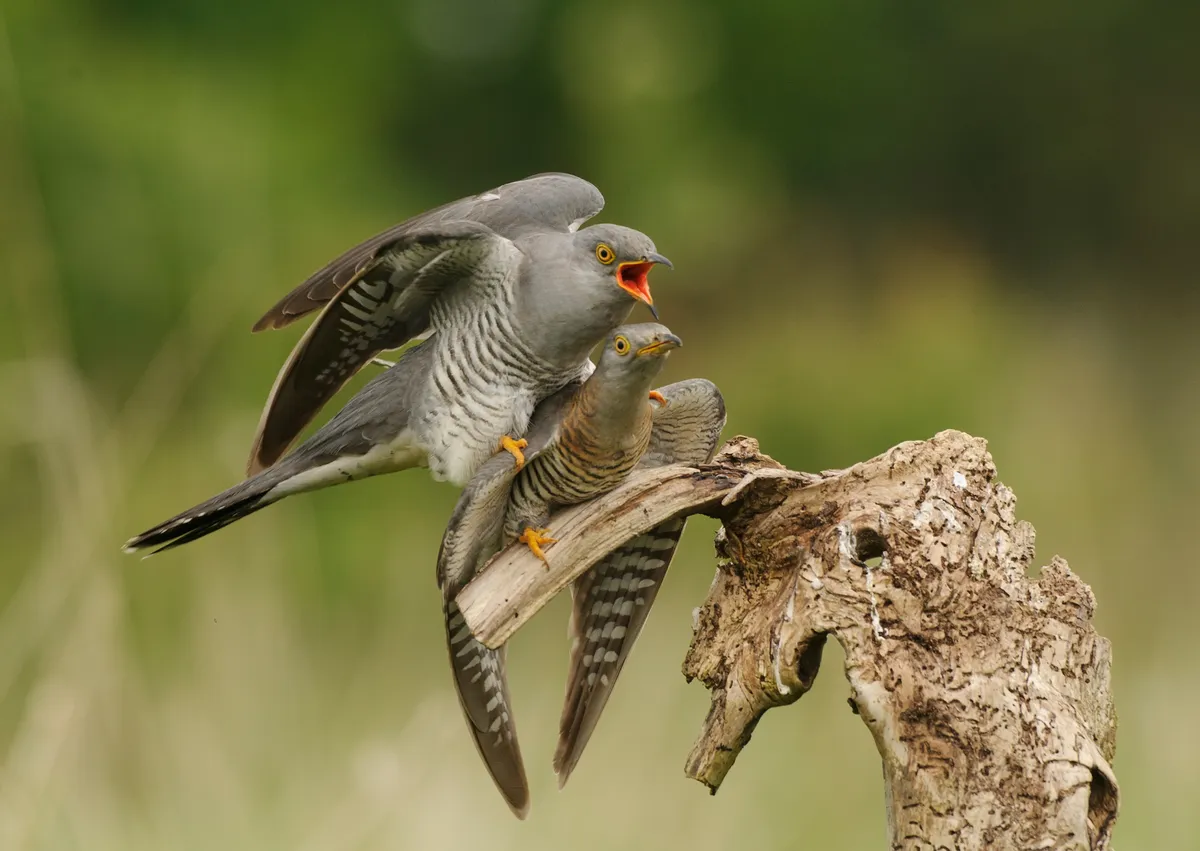
Cuckoos have a grey-blue back, head and chest, with white and dark barred underparts. Females have some pinkish-buff colouration on their chest and neck. Both males and females have a yellow ring around their eyes, a yellow base of the bill and yellow feet.
An individual can measure between 32 and 34cm in length, with a wingspan between 55 to 65cm in length and weighing between 105 and 130g.
There is a rufous (reddish-brown) colour morph.
A cuckoo can be confused with a sparrowhawk (pictured below), and in flight, with a kestrel. Studies comparing the reaction of reed warblers to taxidermy models of cuckoos and sparrowhawks found that the warblers were more aggressive to cuckoos that have their barred underparts obscured. This suggests that the cuckoo's barring is an evolved mimicry of the sparrowhawks' barring.
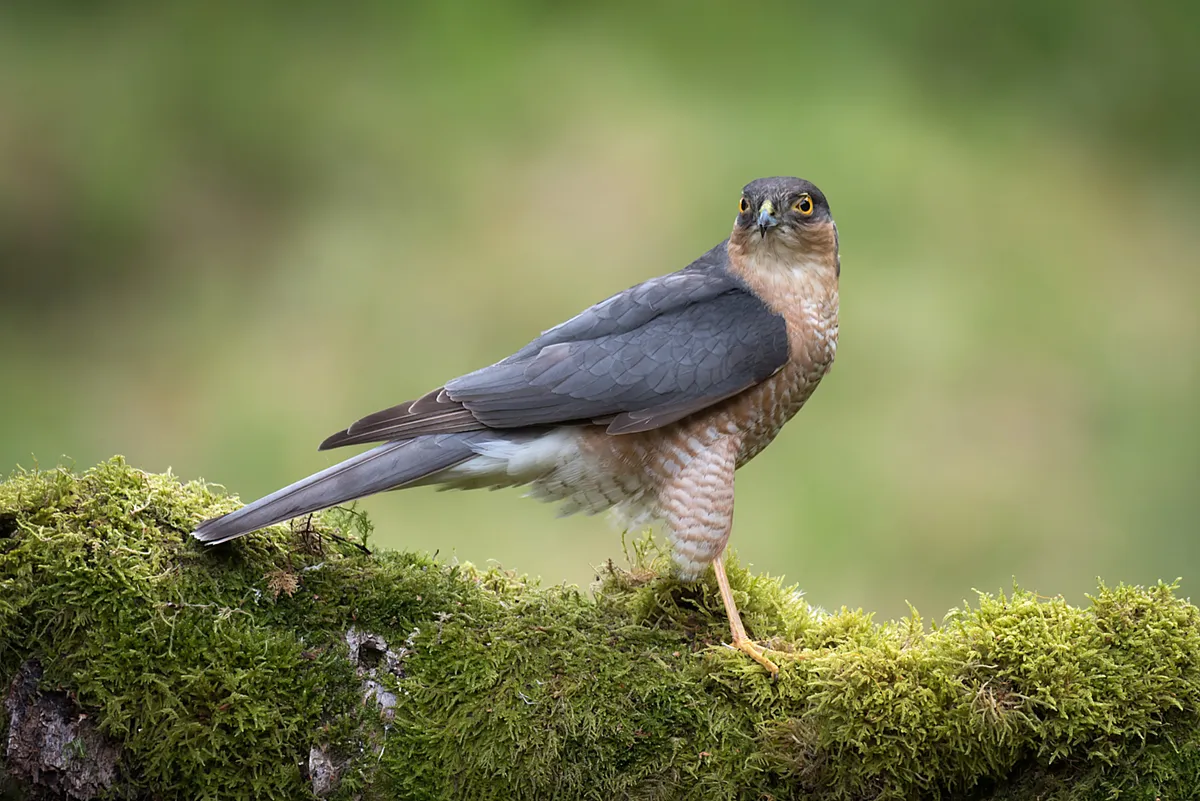
Do both male and female cuckoos call ‘cuckoo’?
Male cuckoos deliver the familiar ‘cuck-oo’ note, used to advertise their presence on the breeding grounds to potential mates and other males.
Territorial males will call repeatedly throughout the day. The first note is higher and louder than the second, the difference between them has been described as a perfect descending minor third.
Being loners that parasitise the social systems of other species, cuckoos have less need than most birds for complex vocal communication. But they do have a little more to say than just “cuckoo.”
Only the males make the iconic two-syllable call, which is mostly deployed in competition with rivals. But they also have a three-syllable version – “cuck- cuckoo” – which seems to have more to do with attracting mate, or, if excited, a rapid ‘gowk gowk gowk’.
Females themselves produce a bubbling chuckle, ‘kwik-kwik- kwik’. This has long been suspected to mimic sparrowhawks in order to scare host species from their nests before the cuckoo lays her parasitic egg. But it also seems to be associated with the male’s three-syllable call, suggesting that both are involved in sexual communication.
This question originally appeared in BBC Wildlife, and was answered by Stuart Blackman and by Mike Toms.
Which nests do cuckoos lay their eggs in?
Cuckoos are brood parasites, which means that they do not actually raise their own eggs. Instead, they will sneak onto another bird's nest and lay an egg in that nest.

Female cuckoos target the nests of specific bird species. In the UK, this is usually the reed warbler, the dunnock and the meadow pipit.
On the European continent, other bird species may also be targeted, such as the European robin, garden warbler, pied wagtail and common redstart.
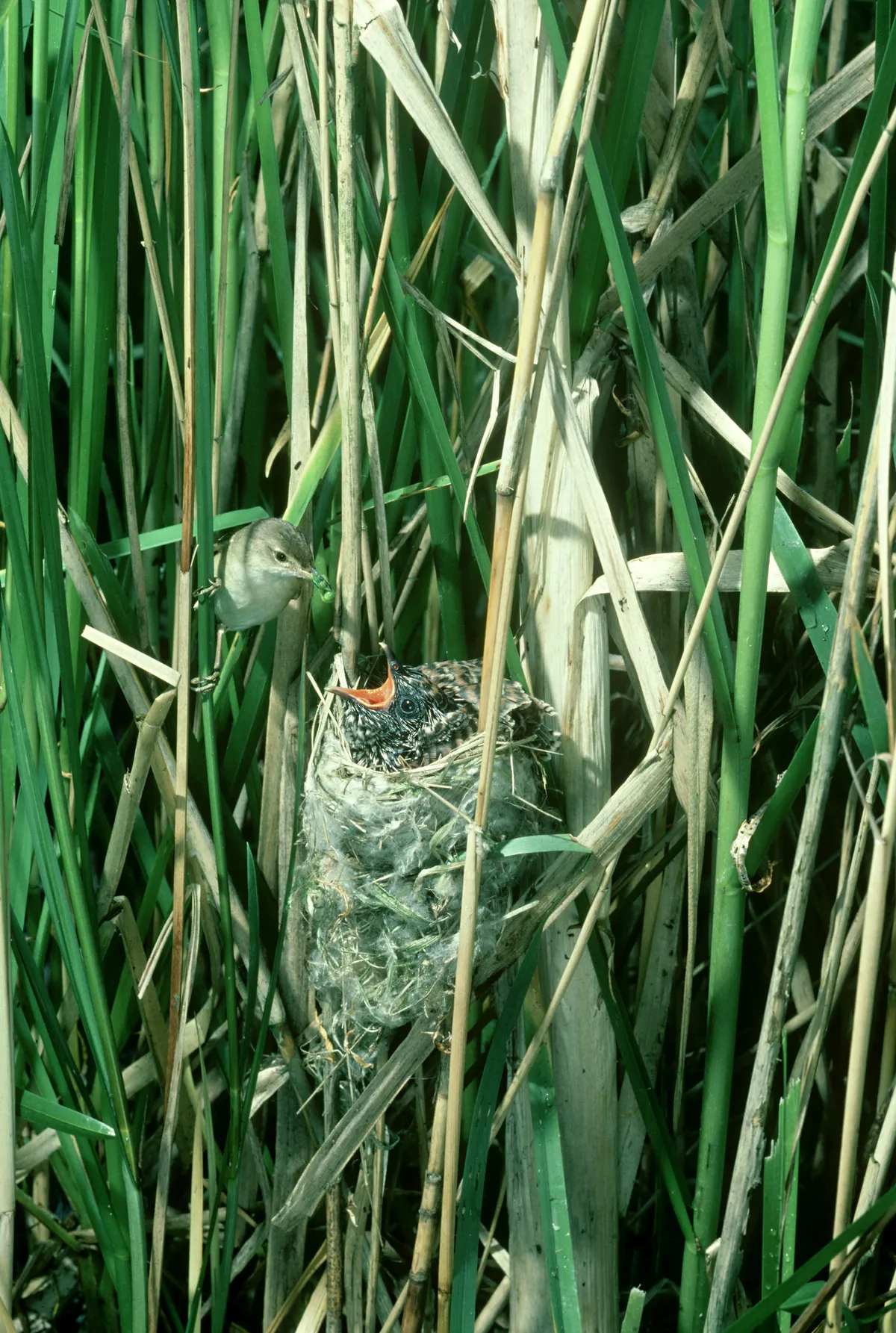
How do cuckoos choose the nest to lay their eggs?
Cuckoos pick numerous different hosts in many diverse habitats, but four species dominate in the UK: reed warbler, meadow pipit, dunnock (hedge sparrow) and pied wagtail.
But what makes a particular female cuckoo choose to parasitise the nest of a certain species? Why, for example, should she be sussing out nests belonging to reed warblers while, not far away, another female prefers those of meadow pipits? The answer lies in her genes and parenting. If a female is raised by reed warblers, it is certain that she will embark on a career of parasitising reed warblers. Like her mother, she is genetically predisposed to choose these hosts. Furthermore, her eggs will look like those of the reed warbler.
Females that share the same host preference are collectively known as ‘gentes’ (singular ‘gens’). Each gens is behaviourally distinct from other gentes, and often occurs in different habitats. So how can this predisposition be passed on from one generation to the next when a female may copulate with all the males in the neighbourhood? Can she recognise a partner from the same gens? It appears not. Research suggests that this host-specific trait is carried only by the female chromosome, and therefore it can be passed on without any direct contribution from the male.
Research has shown that some host species are better at detecting cuckoo eggs than others. Blackcaps, for example, which would otherwise make excellent foster parents, appear to have wised up to the cuckoo’s underhand tactics and are rarely parasitised. Even among the main host species, the acceptance levels of cuckoo eggs vary. Dunnocks, for instance, seem to be especially clueless, and almost always accept a bogus egg.
Dominic Couzens
How do cuckoos trick their host bird?
You might think that the female host bird, be it a robin, dunnock, or reed warbler, would spot the imposter cuckoo egg. Sometimes she does, and she uses her beak to put a hole through the shell and then ejects the egg out of the nest. But surprisingly often, that's not the case. And there's a number of reasons for why the cuckoo egg doesn't get clocked as an imposter and remains in place.
When the female cuckoo visits the nest to lay her egg, she will also remove one of the host's eggs within the nest (she may even eat the host's egg). Thus, when the female host returns, she will have exactly the same number of eggs. The cuckoo's visit to the nest is also very quick, to reduce the chance of being spotted by the host, and she is only there for about 10 seconds.
Please note that external videos may contain ads:
Cuckoo Hijacks Warbler Nest | Natural World | BBC Earth
The egg looks remarkably like the host's eggs. Each race of cuckoo is specialised in targeting a specific host species, and will produce eggs that look like that species' eggs. In an evolutionary arms race, the hosts have gradually added designs to their eggs, but in response, so have the cuckoos.

And that's not all. When the cuckoo chick hatches, it goes on a bit of a murder spree. Despite being newly hatched, featherless and with its eyes still closed, it gradually works its way around the nest, shifting an egg onto its back, balancing it carefully and then chucking it over the edge, before moving onto the next one. If one of the other eggs has hatched before the chick, the other chick also gets thrown overboard. Until the cuckoo chick is the only one remaining in the nest.
Please note that external videos may contain ads:
Big Brother Eviction Cuckoo Style | Natural World | BBC Earth
But what of the host? Does the female bird not realise that this cuckoo chick is not one of her own, especially as it gets bigger ... and bigger ... and bigger? Somehow it does not. And to help with this, the cuckoo chick has another trick up its sleeve – it is able to mimic the sounds of a whole nest of host chicks, tricking the bird into bringing enough food to raise it.
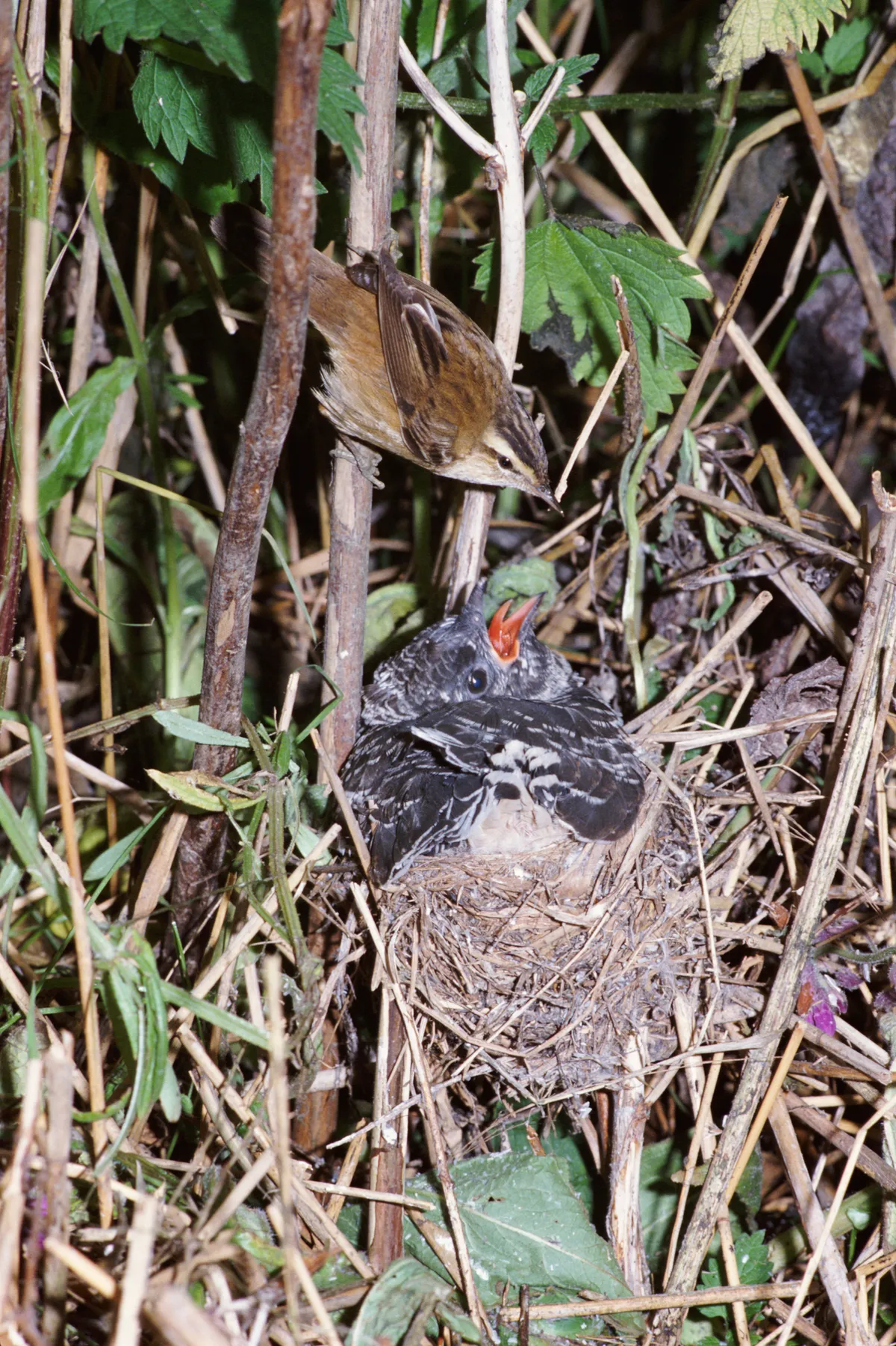
When do female cuckoos lay their eggs?
Interestingly, female cuckoos – whose eggs are very small for a bird of their size – lay during the afternoon, possibly because they are less likely to be detected by their hosts, who spend more time away from the nest during these hours.
This question originally appeared in BBC Wildlife, and was answered by Mike Toms.
What do cuckoos eat?
Cuckoos primarily eat insects, particularly hairy caterpillars that are not eaten by many other birds. They are known to occasionally eat other eggs and chicks.
What is the scientific name of the cuckoo?
The scientific name of the common cuckoo, also known as the European cuckoo, is Cuculus canorus.
There are four subspecies of the common cuckoo: C. c. canorus, C. c. bakeri, C. c. bangsi and C. c. subtelephonus.
With each subspecies, there are distinct races, which specialise in the type of host bird species that they target and the colour of the egg that they lay.
The Cuculus genus contains 11 extant species of cuckoo, including the African cuckoo (Cuculus gularis), Indian cuckoo (Cuculus micropterus) and red-chested cuckoo (Cuculus solitarius). The genus is part of the wider cuckoo family (Cuculidae).
When are cuckoos in the UK?
Cuckoos arrive in the UK from late April and typically depart in June, so the familiar ‘cuck-oo’ notes are not heard for long in our countryside.
Young cuckoos leave later in the year, once they have fully fledged.
Where do cuckoos go in winter?
We’ve known for a long time that British cuckoos fly south to Africa for winter, but their exact routes long remained a mystery, as did their precise wintering quarters (save one record of a young bird in Cameroon 82 years ago).
However, research by the BTO's Cuckoo Tracking Project has discovered much more about the habitats these birds use during winter.
By attaching miniature satellite tags to a number of indviduals, scientists have been able to track their migrations closely, following their journeys south across Europe and into Gabon, Cameroon and the Democratic Republic of Congo.
The accuracy of the tags has revealed the very habitats frequented by the cuckoos – namely gallery and swamp forests – meaning that our birds are wintering alongside western lowland gorillas. The research is vital, given the severe decline of the species over the past 20 years.
This question originally appeared in BBC Wildlife, and was answered by Mike Toms.
Best places to see and hear cuckoos in the UK
Murlough National Nature Reserve, Northern Ireland
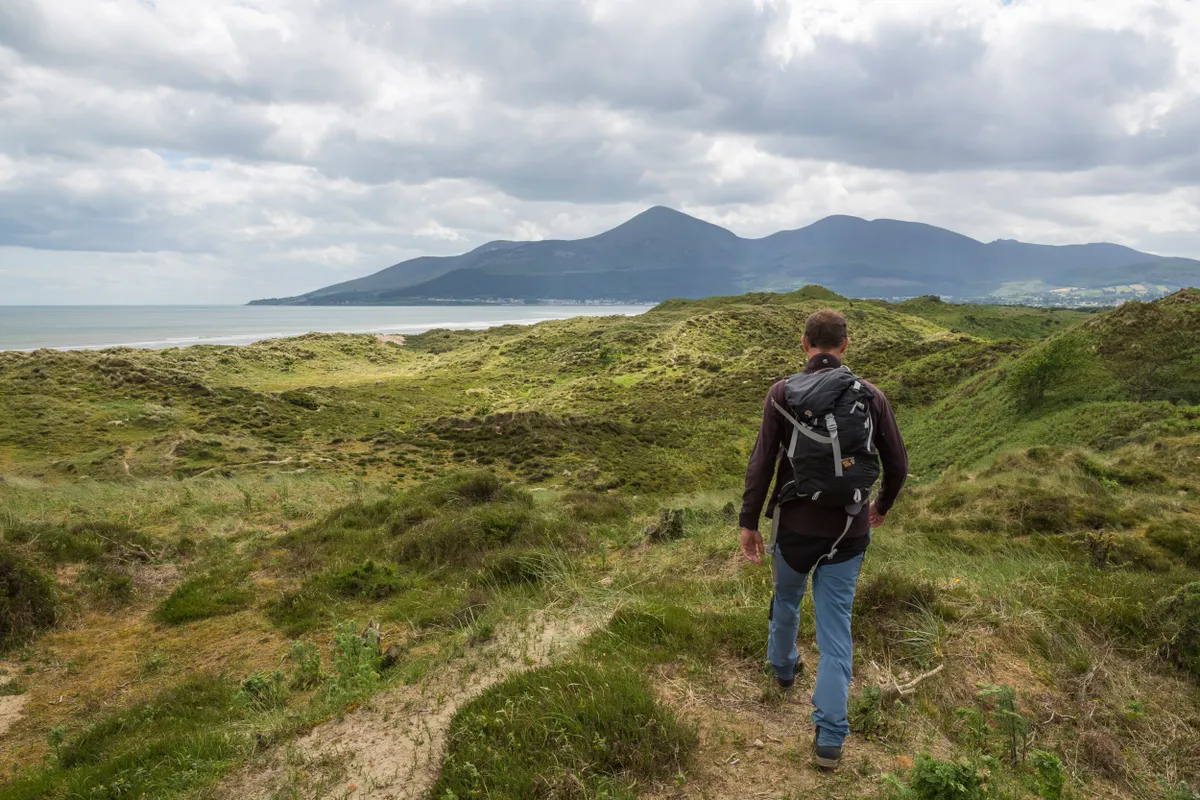
Murlough National Nature Reserve is a 6,000-year old sand dune system on the edge of Dundrum Bay in Country Down, Northern Ireland. Looked after by the National Trust, it is an excellent place for birdwatching and walking. As summer approaches, the call of the cuckoo can be heard, following its return from Africa. Kestrels and skylarks can be seen overhead, and meadow pipits and stonechats darting around. The network of paths and boardwalks through the dunes leads to woodland and heath, home to an array of butterflies and wild flowers, as well as access to one of the finest beaches in Co. Down.
Ballynahone Bog, County Derry/Londonderry, Northern Ireland
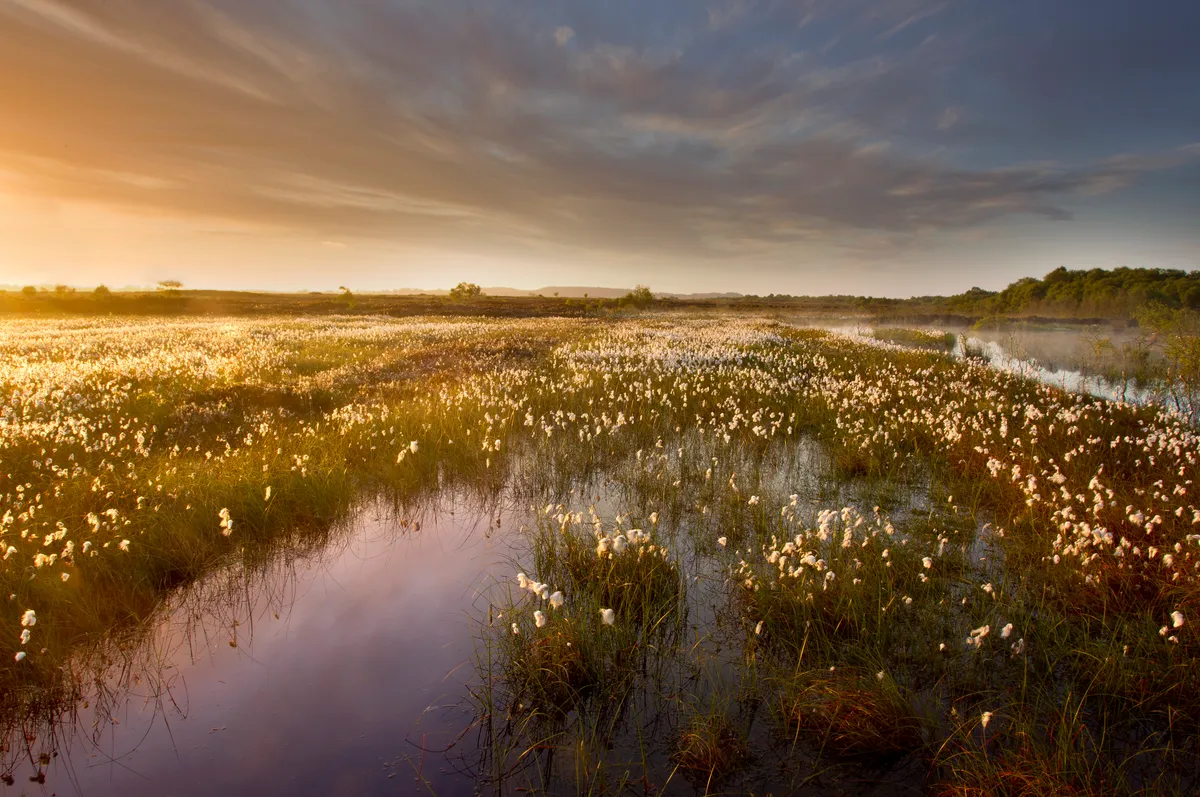
Northern Ireland's second largest area of intact raised bog, Ballynhone bog is managed by Ulster Wildlife and supports a rich diversity of wildlife including an incredible range of bog flora. The bog and surrounding birch woodland is very rich in birds including cuckoos, curlew, skylark, song thrush and reed bunting. The site is also important for dragonflies and butterflies, including the biggest known colony of the large heath butterfly in Northern Ireland. All of the region’s amphibians and reptiles can be found here including the likes of the common lizard and smooth newt.
Ben Mor Coigach, Ross and Cromarty, Scotland
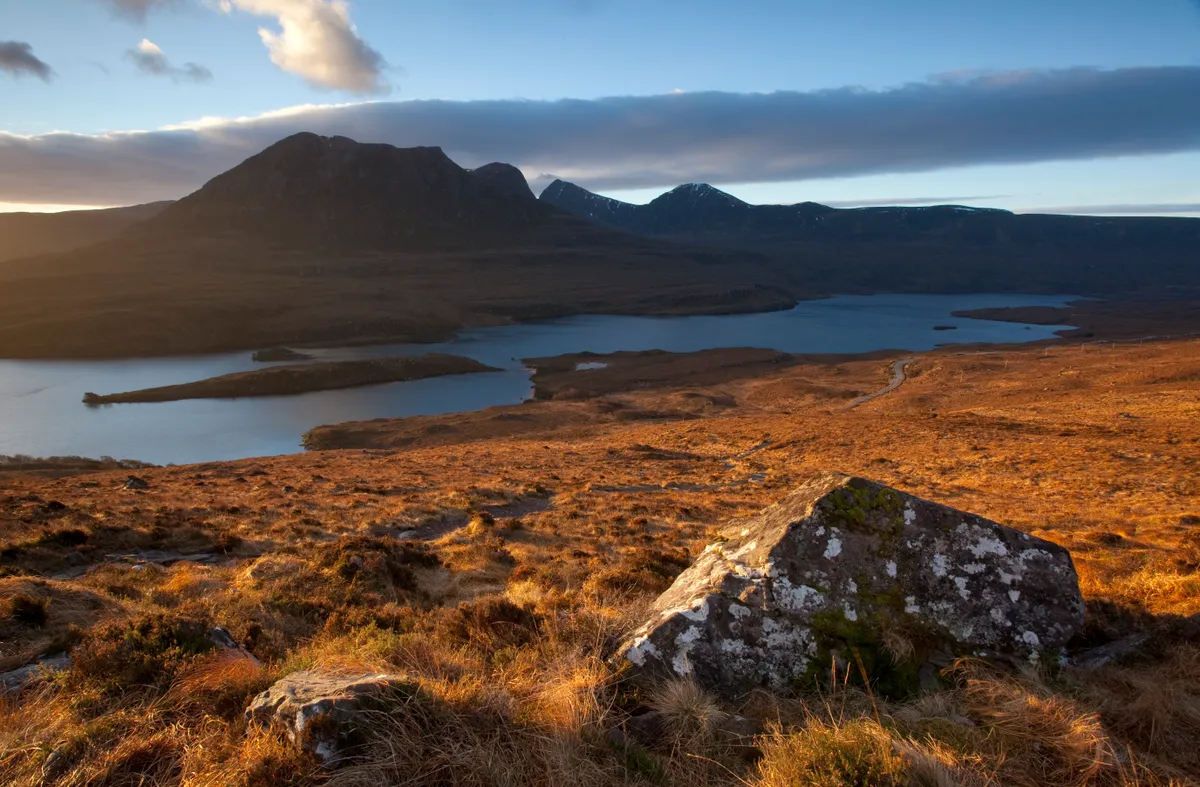
Ben Mor Coigach covers almost 6,000 hectares and is the largest of the Scottish Wildlife Trust’s wildlife reserves. Visitors should look and listen out for golden plovers, wheatear and the distinctive call of the cuckoo. You may even spot golden eagles soaring in the vast skies. The nature reserve is located at the end of Loch Lurgainn, north of Ullapool.
Loch Garten, Highlands, Scotland

The RSPB’s Loch Garten Nature Centre, nestled in Abernethy nature reserve, offers you incredible access to a wildlife-rich Caledonian pine forest – home to around 5,000 species. Gnarled, lichen-encrusted Scots pine trees dot a landscape which is interspersed with other species such as juniper, rowan, birch, blaeberry and heather. This gorgeous site offers you views of crested tits, goldeneyes, ospreys, red squirrels, common lizards, and is also a great home for the cuckoo. In early 2022, the centre launched its first live camera of a white-tailed eagle nest in the Cairngorms National Park.
Wood of Cree, Dumfries & Galloway, Scotland
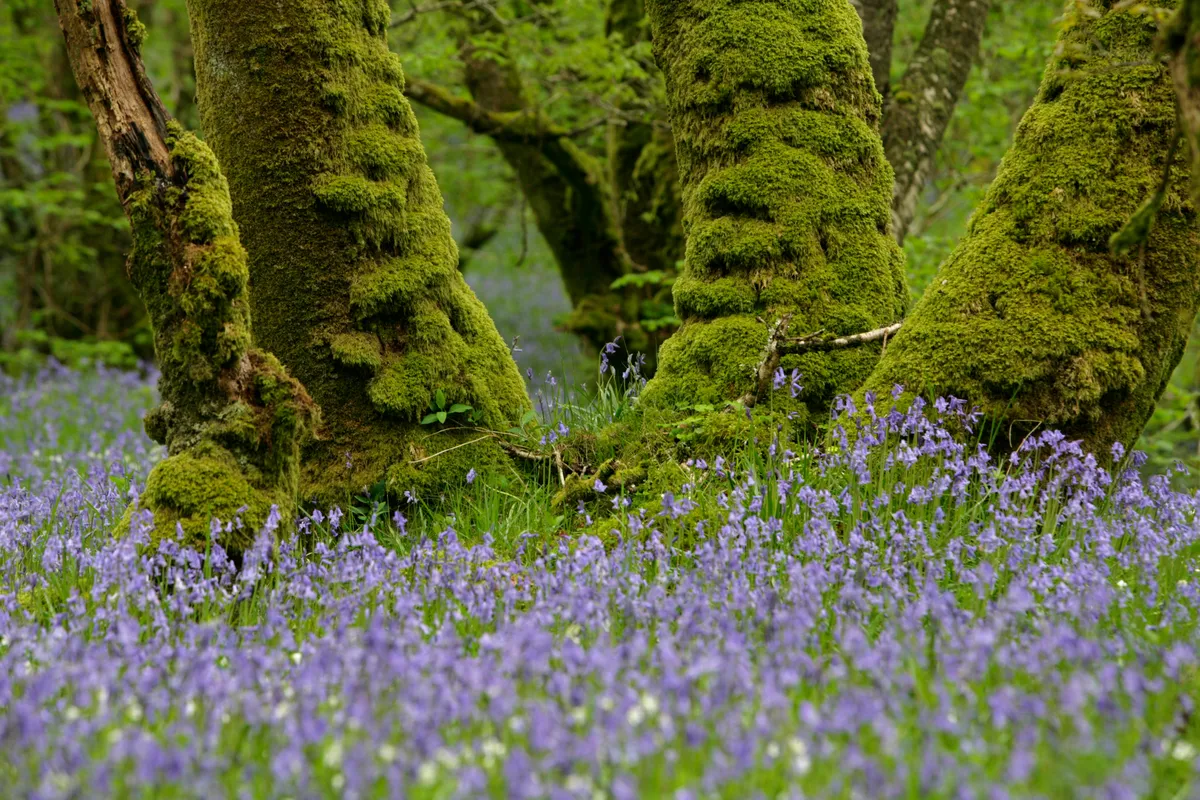
The RSPB’s Wood of Cree is the largest ancient wood in southern Scotland, and in spring it comes alive with bluebells carpeting the ground and the sound of pied flycatchers and warblers filling the air. It’s also brilliant for seeing willow tits, as well as barn owls, tawny owls, and spring migrants such as the cuckoo. Red squirrels, otters, and roe deer are also frequent visitors.
Woodhall Spa Airfield, Lincolnshire, England
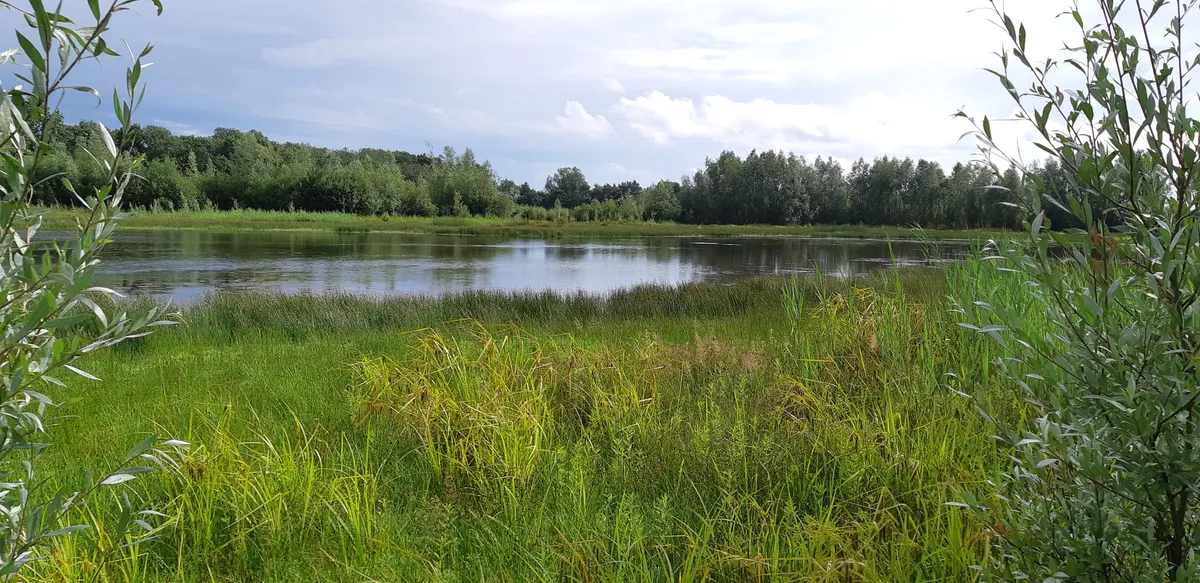
A former RAF airfield and quarry which is now home to barn owls, skylark, cuckoo, and song thrush. Habitats include marshes, grasslands, and heathland and areas of open water. Slow worms and lizards are common on the sandy soils. There is a bird hide and viewing areas for visitors to enjoy watching wildlife up close.
Please note: The reserve has a locked pedestrian gate for security – you can get an access code by contacting Lincolnshire Wildlife Trust in advance.
Glapthorn Cow Pastures, Northamptonshire, England
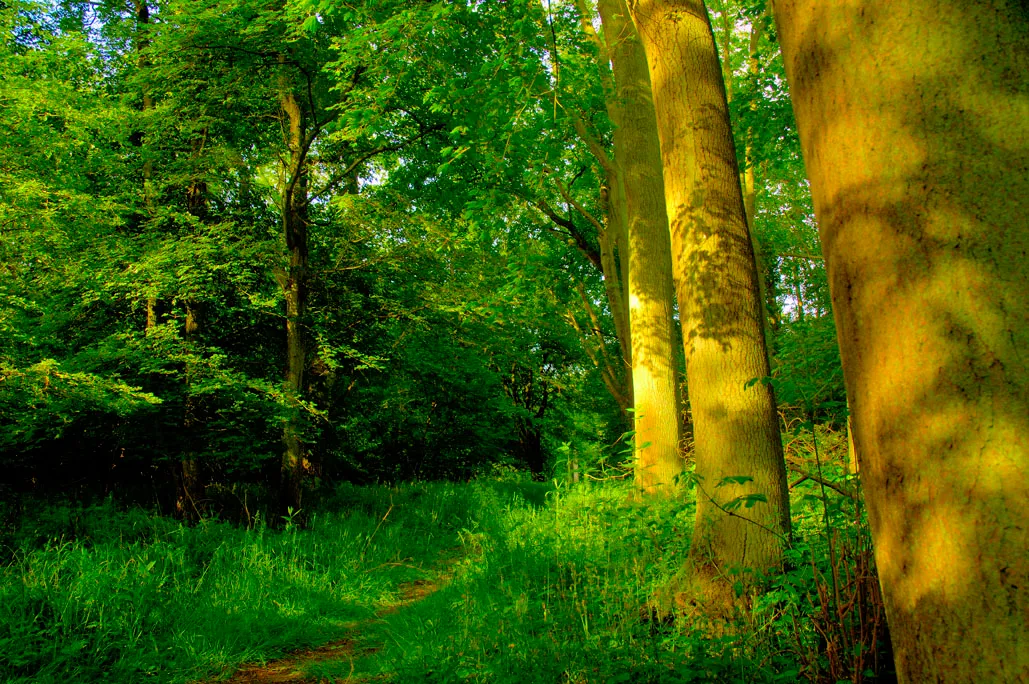
An important nesting site for cuckoos and three or four nightingale pairs that usually breed in this reserve belonging to the Wildlife Trust of Bedfordshire, Cambridgeshire and Northamptonshire. They can be heard singing during May and June. Many other birds breed here, including warblers and nuthatches. A spring visit in the early evening maybe rewarded with the sight and sound of male woodcock overhead and uttering their characteristic calls as it becomes dark.
Sherwood Forest, Nottinghamshire, England
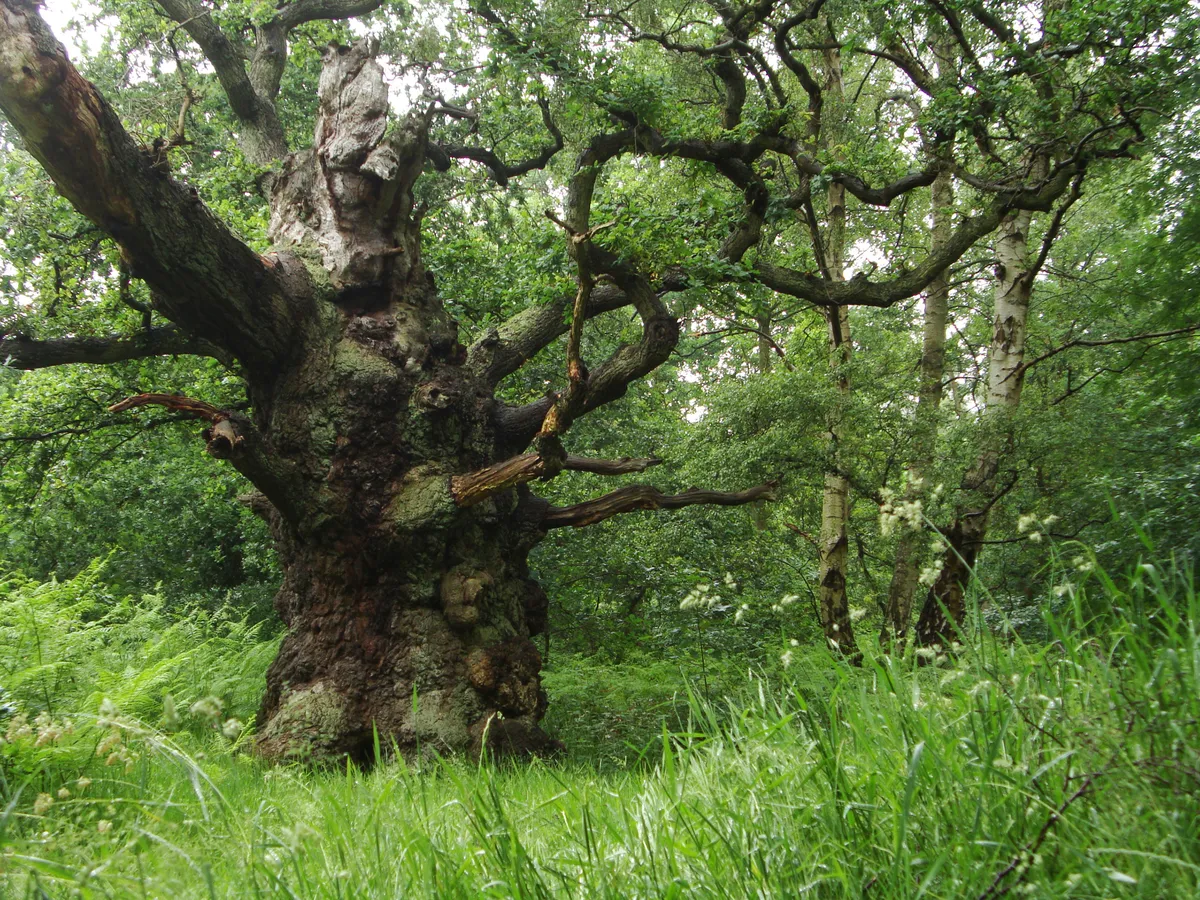
Sherwood Forest is managed by the RSPB and is 375ha of habitat for a rich variety of birds, insects, mammals, fungi, trees, and plants, including the Major Oak, a tree that’s estimated to be about 1,000 years old (it was also home to the outlaw, Robin Hood!). It is the biggest and best place to find ancient oak trees in Europe, and while visiting these living legends you can also keep an eye out for the lesser spotted woodpecker and tree pipit as well as, of course, the cuckoo.
Wicken Fen, Cambridgeshire, England
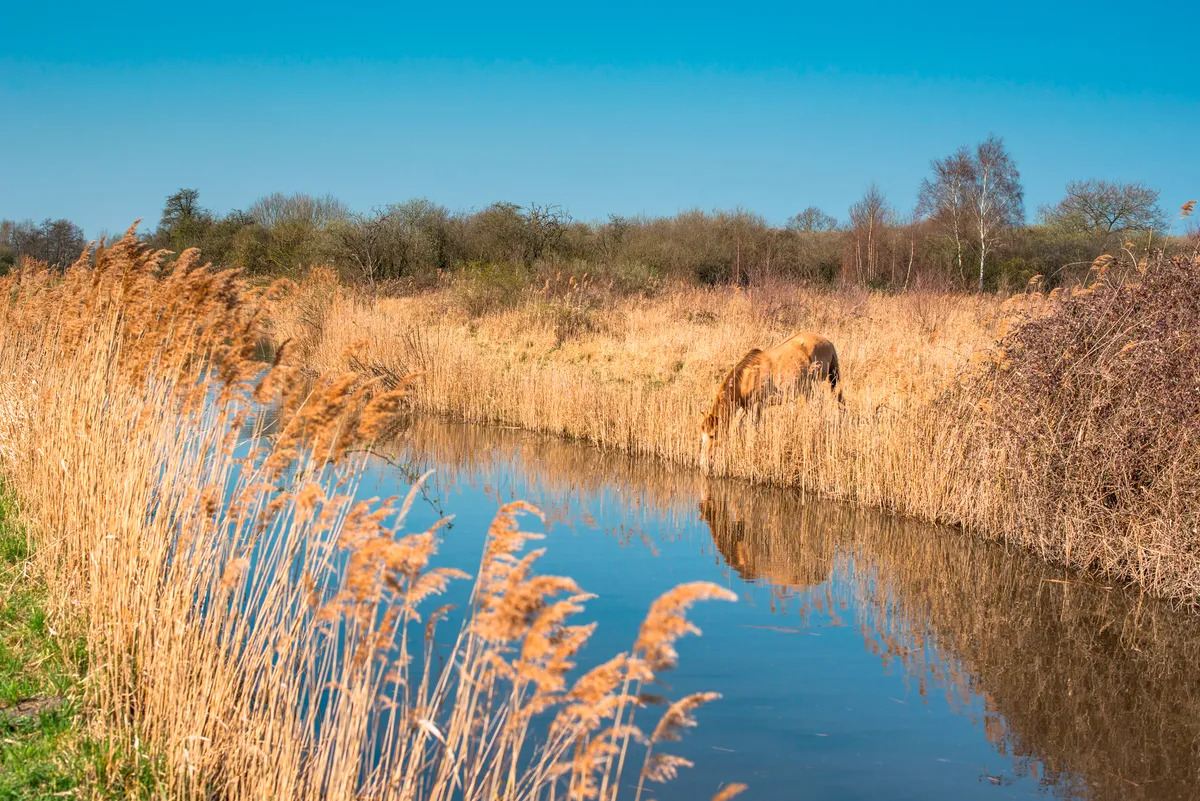
Wicken Fen is the National Trust's oldest nature reserve and is located in Cambridgeshire, north of Cambridge. It's one of England's most famous fens, and is home to over 9,000 recorded wildlife species. As well as cuckoos, spring and summer birds include swallows, sand martins, swifts and hobbies. It's also an excellent location for seeing dragonflies and damselflies, and orchids.
Gilfach Farm Nature Reserve, Powys, Wales
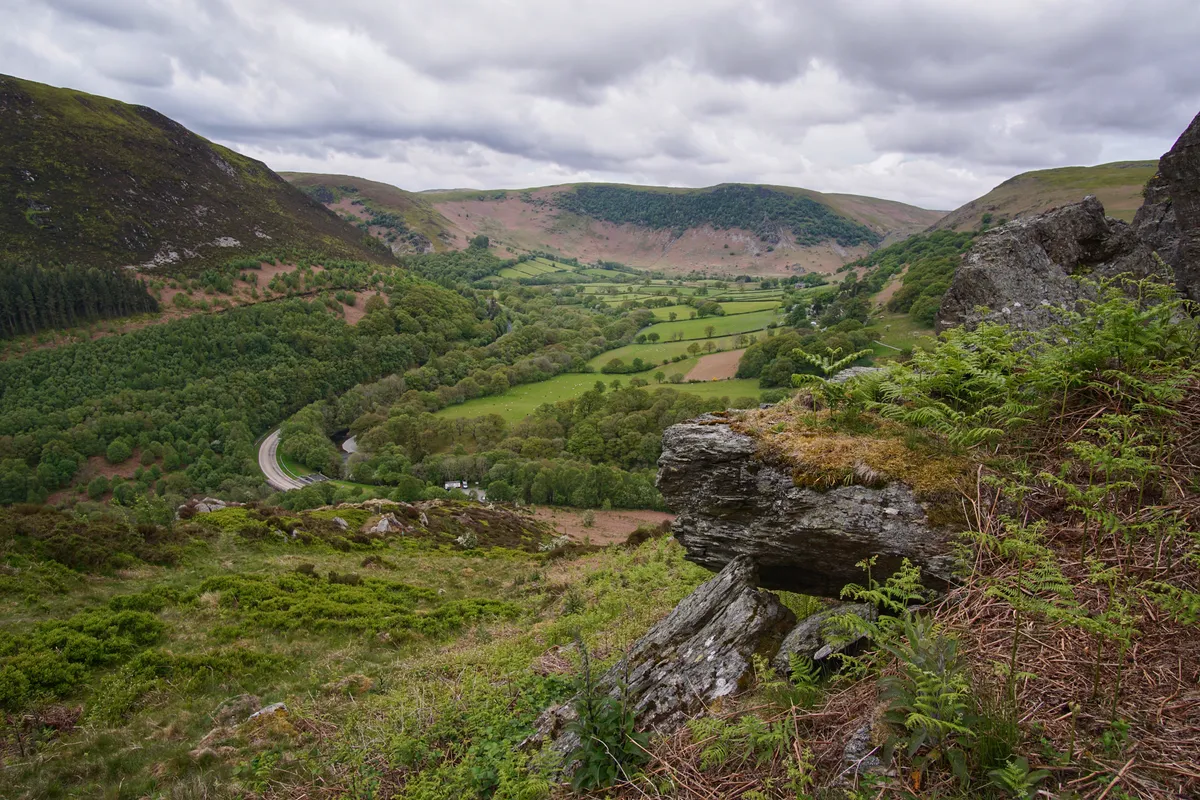
Once a working hill farm, Gilfach Farm is managed by the Radnorshire Wildlife Trust (RWT). It is located in the Marteg Valley and situated close to Rhayader and the Elan Valley. With a variety of habitats, it's a great spot for a variety of wildlife including birds such as cuckoos, pied flycatchers, dippers and redstarts, as well as mountain bumblebees feeding on the heather and the gorse, and salmon leaping up the waterfall (RWT have built a great platform from which to watch the salmon).
Lake Vyrnwy, Powys, Wales
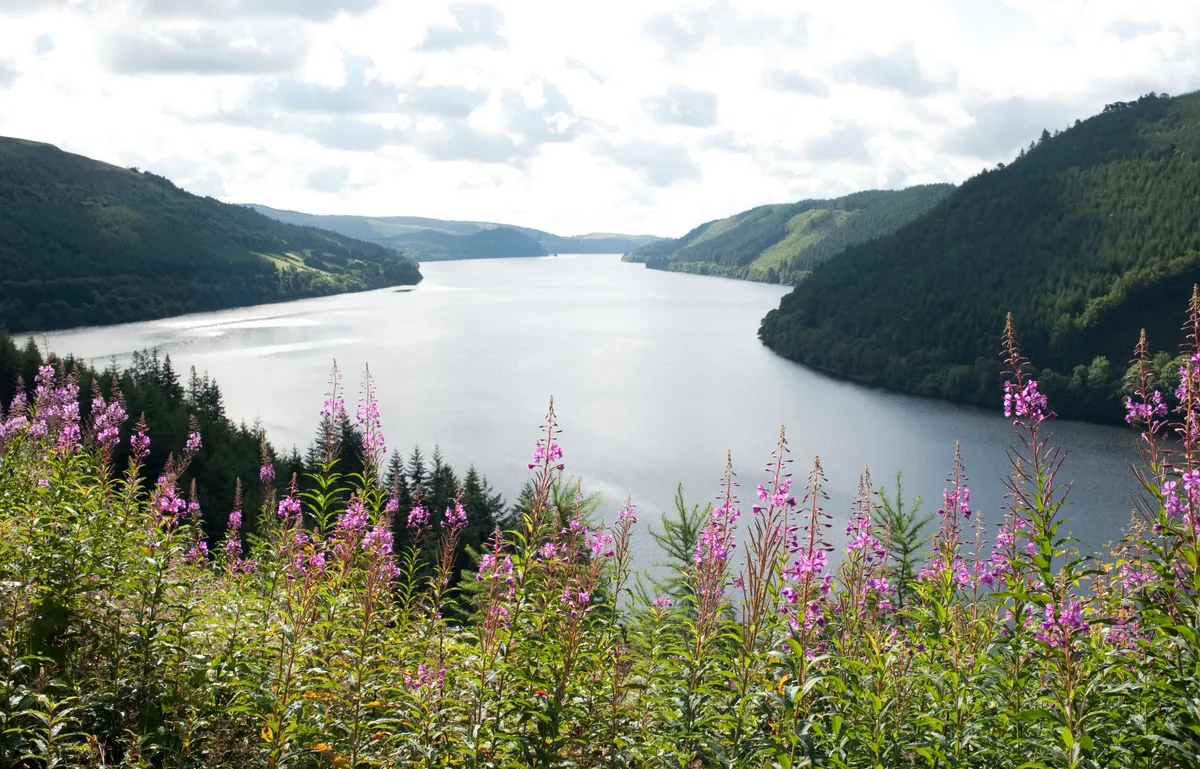
Lake Vyrnwy is a spectacular wildlife-filled reservoir in Powys, Wales, built in the 1800s to supply Liverpool with fresh water. There is a nature reserve and visitor centre run by the RSPB. Cuckoos are frequent visitors, as well as pied flycatchers and redstarts, dippers nesting by the rocky streams, and goosanders bobbing on the water. You may even see the mating displays of great crested grebes, or the majestic flight a peregrine hunting.
Craflywn, Snowdonia, Wales
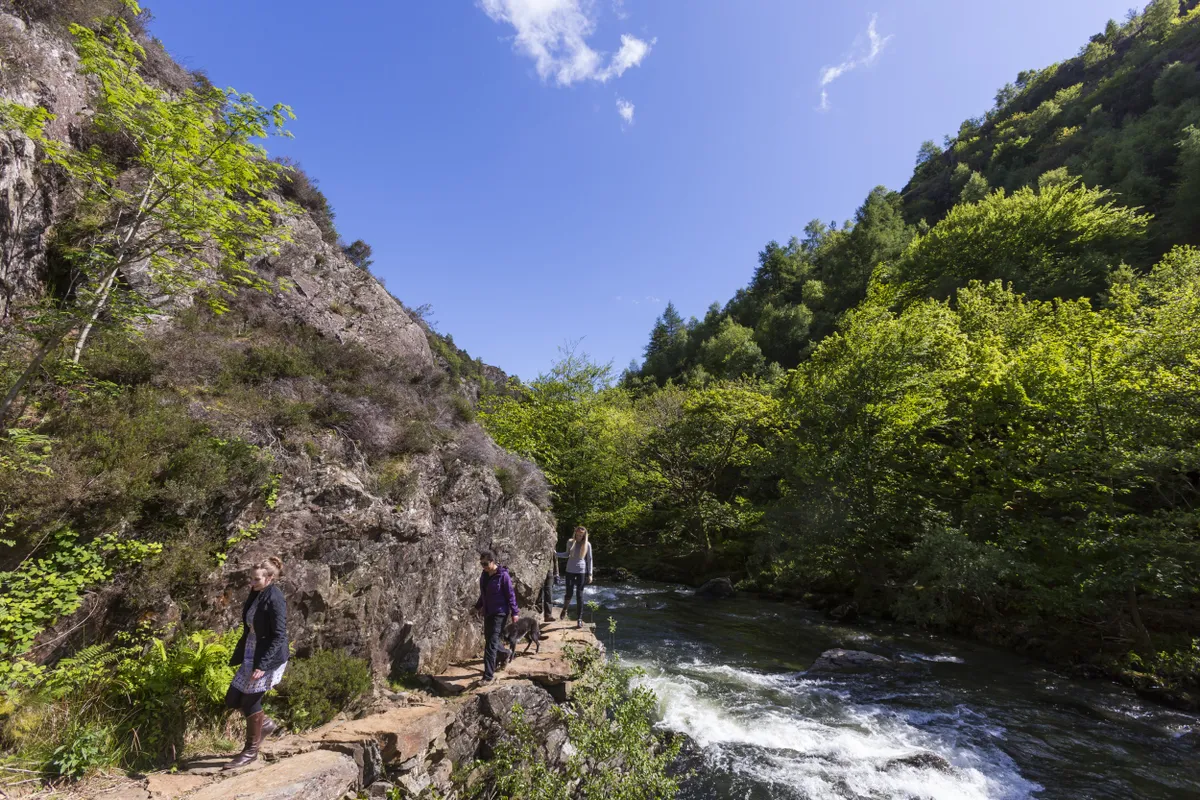
Snowdonia is blessed with a good population of cuckoos – including at the National Trust’s Craflwyn Estate. There’s a National Trust car park and waymarked walking trails, and visitors and this time of year are likely to hear the famous sound of a cuckoo. Part of the reason for their success in the area is lots of meadow pipits – one of the cuckoo’s favoured ‘host’ species.
Craflwyn lies in the heart of Snowdonia, close to the picturesque village of Beddergelert. The area is steeped in legend: Dinas Emrys, where the famous Welsh dragon lies sleeping, is only a short walk away.
Newport Wetlands, Gwent, Wales
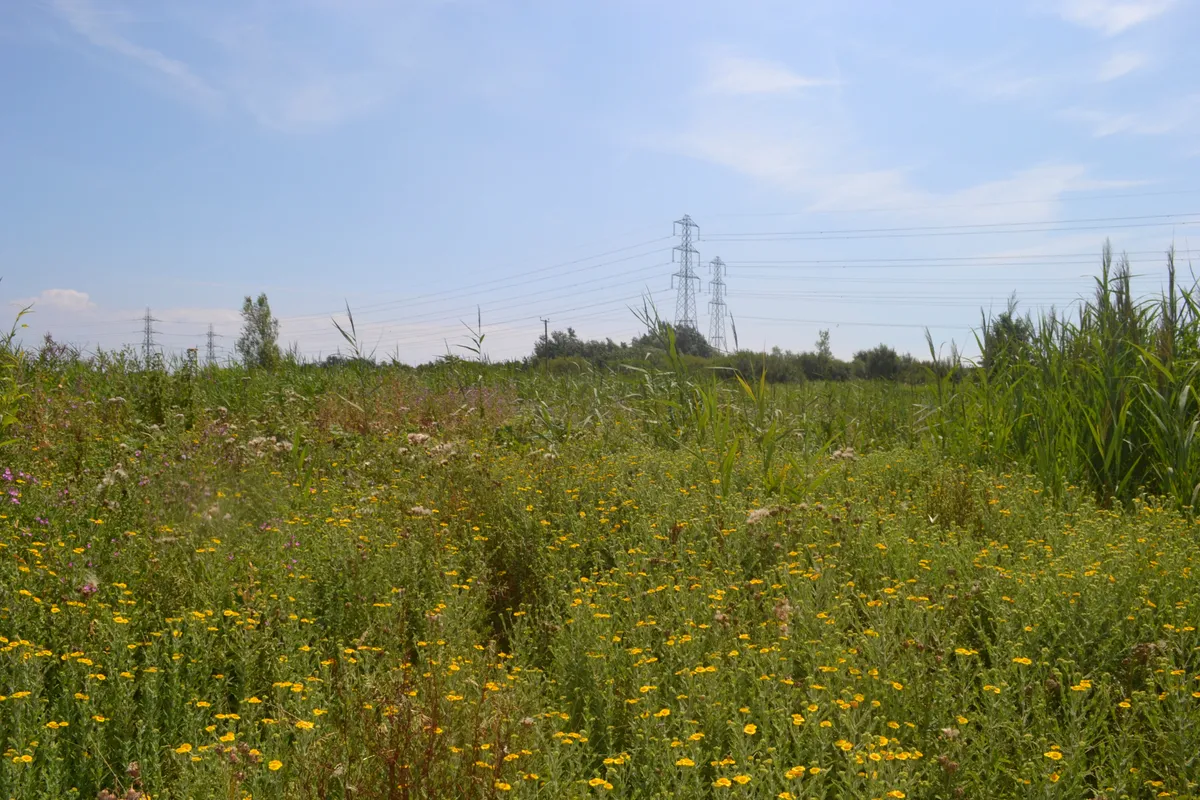
The RSPB’s Newport Wetlands lies between the Severn Estuary and the River Usk on the South Wales coast. Meandering trails lead you along the estuary to a 19th century lighthouse that once guided ships through the entrance to the River Usk. The call of the cuckoo can be heard over the reedbeds, as well as the cry of their fellow migrants, the swift. You can also keep an eye out for the distinguished bearded tit and the well-quaffed lapwing.
Are cuckoos endangered?
The species is Red Listed as a Bird of Conservation Concern in the UK, due to declines in its population, though with some variability. English cuckoos have declined the most, Welsh cuckoos have declined less, and Scottish cuckoos have remained stable.
It's thought that alongside loss of natural habitat and insect food in the UK, issues faced on migration are a major factor.
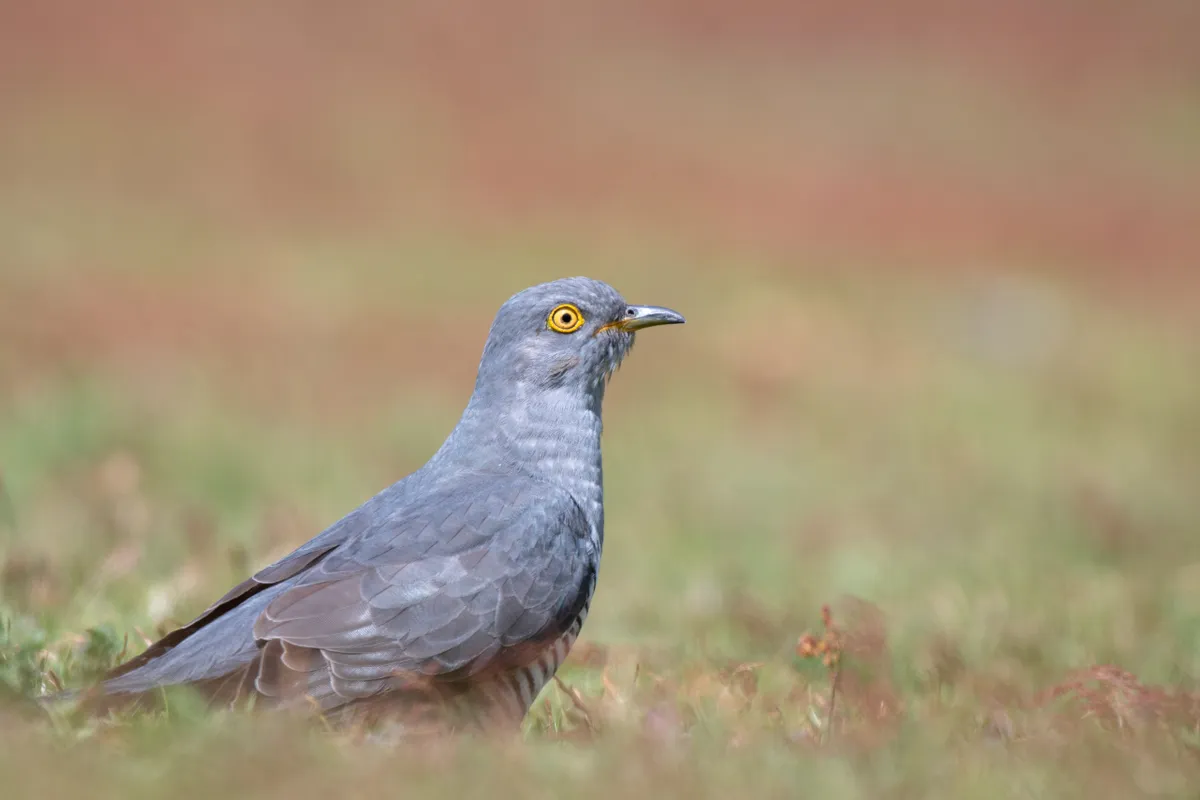
Different UK populations of cuckoo tend to take different routes. English cuckoos usually go southwest through Spain, but droughts in these regions mean that they are unable to lay down enough fat for their remaining migration across the desert. Only half of these tracked birds have survived and made it to their wintering habitats.
Welsh and Scottish cuckoos take a southeastern route through Italy, where they seem to be able to feed enough – 95% of tracked cuckoos taking these routes have survived.
Main image: A cuckoo in flight in Gifhorn, Germany. © Petra Fehse/EyeEm/Getty
